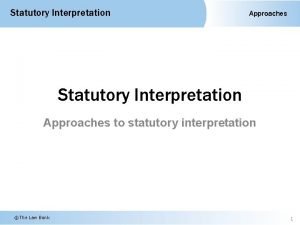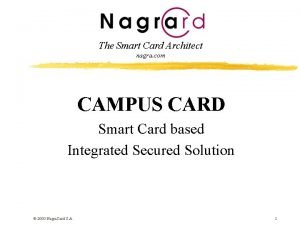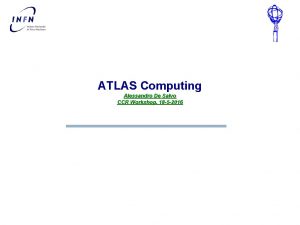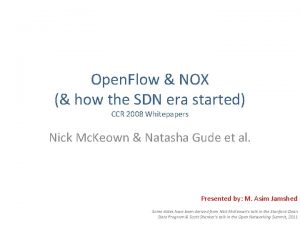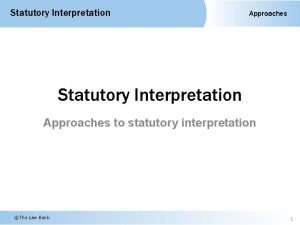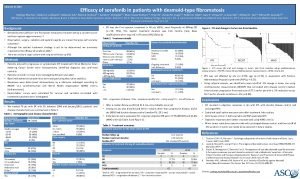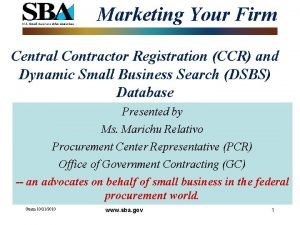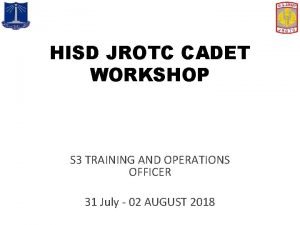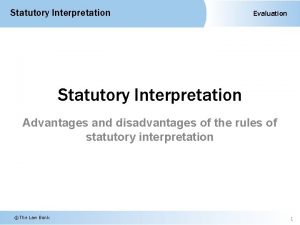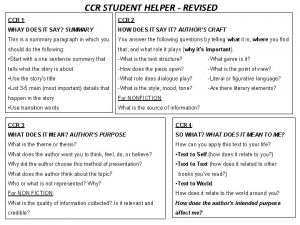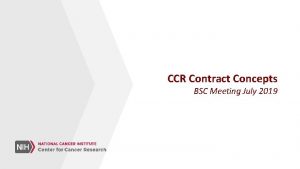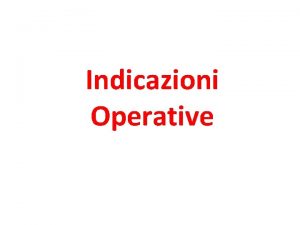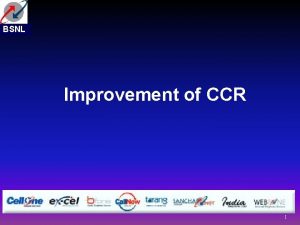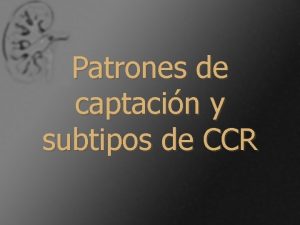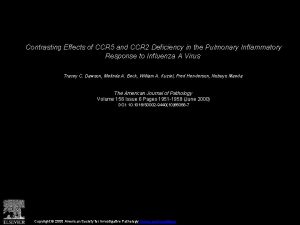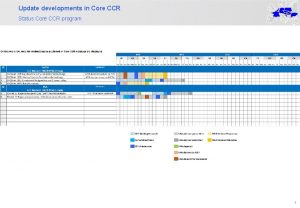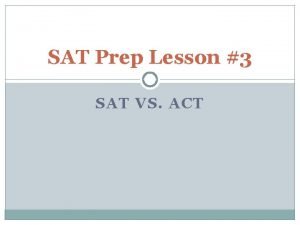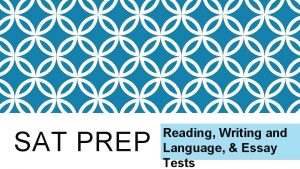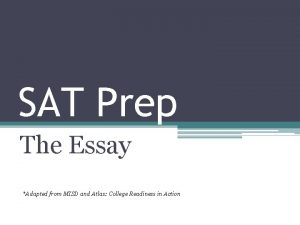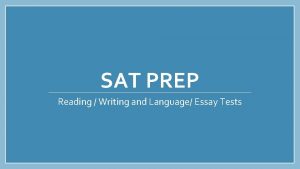SAT Prep ESSAY CCR The SAT Essay Info

















- Slides: 17

SAT Prep *ESSAY CCR

The SAT Essay Info. � The essay is required for you. � If you retake the SAT, the essay is optional. � Different universities have different requirements. � Students have 50 minutes to complete the essay. � Students are expected to write a 4 -5 paragraph essay. � The “type” of essay students are expected to write is a RHETORICAL ANALYSIS essay. � A rhetorical analysis is an essay that requires students to read a text and write a logical, well-constructed analysis of the author’s argument.

ESSAY Requirements: � It’s About the Real World- � The SAT Essay is a lot like a typical college writing assignment in which you’re asked to analyze a text. Take the SAT with Essay and show colleges that you’re ready to come to campus and write. The essay does NOT require students to: Ø Give your opinion about a text. Ø Memorize examples from history or literature. Ø Write about a previous experience that relates to the text.

What is expected from students when writing the rhetorical analysis essay? � Students are expected to write a strong essay that demonstrates college and career readiness. � They are expected to produce a clear, written analysis using evidence drawn from the source provided (text). � Again, essay is NOT opinion based. It’s NOT about explaining whether or not you agree/disagree with the author’s claims. � It SHOULD explain how the author builds an argument to persuade his or her audience.

SAT Essay Strategies* � 1. ) Quickly read the writing prompt (end) to understand main topic before reading. � READ the passage. Annotate in essay Underline important evidence Write reflection notes � 2. ) Re-read essay prompt. � 3. ) Pre-Write (plan) � 4. ) Write essay � 5. ) Revise & Edit.

Essay Passages � When reading the passage (text) provided for the essay, consider the following: � Evidence, such as facts or examples, to support claims. (Logos) � Reasoning to develop ideas and to connect claims and evidence. (Ethos) � Stylistic or persuasive elements, such as word choice or appeals to emotion, to add power to the ideas expressed. (Pathos) � Note: Circle information and annotate as you are reading the passage.

Things to look for when reading the writing prompt passage-�TECHNIQUE* � Use of: � Rhetorical questions � Comparisons � “Quotes” � Statistics � Metaphors/similes � Specific type of ‘language’ used � Ethos, pathos, logos

The Essay Prompt: Format � The essay prompt (question) shown below, or a nearly identical one, is used every time the new SAT is given. � Write an essay in which you explain how [the author] builds an argument to persuade [his/her] audience that [author’s claim]. In your essay, analyze how [the author] uses one or more of the features listed above (or features of your own choice) to strengthen the logic and persuasiveness of [his/her] argument. Be sure that your analysis focuses on the most relevant features of the passage. Your essay should not explain whether you agree with [the author’s] claims, but rather explain how the author builds an argument to persuade [his/her] audience.

Essay Writing Prompt Model* � After reading the passage, the essay prompt will be at the end. � It is usually written in the prompt style below (example): � John F. Kennedy- Sept. 12, 1962, Rice Stadium, Houston, TX. � Write an essay in which you explain how (President Kennedy) builds an argument to expand move forward (with the United States’ space program). In your essay, analyze how (Kennedy) uses one or more of the features listed above (or features of your own choice) to strengthen the logic and persuasiveness of his argument. Be sure that your analysis focuses on the most relevant aspects of the passage. � Your essay should not explain whether you agree with Kennedy’s claims, but rather explain how the author builds an argument to persuade his audience.

Essay Prompt Topic � You can count on seeing the same prompt no matter when you take the new SAT with Essay, but the passage will be different every time. � All PASSAGES have these things in common: Written for a broad audience � Argue a point � Express subtle views on complex subjects � Use logical reasoning and evidence to support claims � Examine ideas, debates, or trends in the arts and sciences, or civic, cultural, or political life � Always taken from published works � All the information you need to write your essay will be included in the passage or in notes about it. �

". . . explain how the author builds an argument to persuade the audience. . . " � Your essay should be focused on identifying and analyzing the strategies the author uses to make his or her point. � Do describe the HOW: How does the author make the point? � Don't spend more than a sentence or two describing what the passage is about and what the point of the passage is. � Do pay attention to how the author uses particular techniques and elements to make the writing more convincing, persuasive, and powerful. How and why do these features work? � Do focus on what the author does, why he or she does it, and what effect this is likely to have on readers � Do capture some of the main ideas and key details of the passage in your analysis � Don't spend too much time summarizing that information � Do assess the key details' contribution to the argument

". . . consider how the author uses evidence to support claims. " � "Evidence" refers to information and ideas that the author uses to support a claim. Evidence takes many forms, and the forms vary depending on the kind of argument the author is writing and the nature of the point the author is trying to make. � Types of Evidence � facts � statistics � quotations from (other) experts � the results of experiments or other research � examples � The author of any given passage may use some of these or rely on other kinds of sources entirely. � Your Job is to figure out what constitutes evidence in a particular passage and how the author uses it to support his or her claims. You may end up pointing out that the author relies (perhaps too much) on one kind of evidence or another — or on little or no evidence at all, likely weakening the argument’s effectiveness. You may instead or in addition point to specific cases in which the author’s choice of evidence was particularly effective in

". . . consider how the author uses reasoning to develop ideas and to connect claims and evidence. " � Reasoning is the connective tissue that holds an argument together. It’s the “thinking” — the logic, the analysis — that develops the argument and ties the claim and evidence together. � Reasoning plays a stronger role in some texts than in others. Some authors are very careful about making their thought processes clear so that readers can follow and critique them. In other cases, texts rely less heavily on logic. � Your analysis of an author’s use of reasoning can take a number of different approaches. Here are two possibilities: Discuss how the author uses (or fails to use) clear, logical reasoning to draw a connection between a claim and the evidence supporting that claim. � Evaluate the impact that particular aspects of the author’s reasoning (e. g. , unstated assumptions) have on how convincing the argument is. �

". . . consider how the author uses stylistic or persuasive elements to add power to the ideas expressed. " � Stylistic and persuasive elements are rhetorical techniques that an author might employ to enhance the power of his or her argument. Appeals to the audience’s emotions, like fear or anger � Appeals to the audience's sense of honor, patriotism, justice or decency � Word choice - tone, diction, register � Vivid descriptive language or imagery to create a mood of excitement, anticipation, anxiety or whimsy � Humor � Irony � � There’s no definitive list of these techniques and you don’t have to know them all by heart or by name to be able to get strong scores on the Essay. � Top Tip: As you read the passage, be on the lookout for the ways by which the author attempts to influence the audience, sometimes by using something other than a strictly logical, rational approach!

SCORING* � TWO graders will read and SCORE the essay on a 1 -4 scale in three different categories : - Reading (1 -4) - Analysis (1 -4) - Writing (1 -4) Ø Highest score a student can receive on the essay = 12 x 2 = 24 Ø A “good” average score = 9/10 (one scorer) or 18/20 (two scorer)

SCORES- What the SAT Essay Measures � The SAT Essay shows how well you understand the passage and use it as the basis for a well-written, thought-out discussion. The two people who score your essay will each award between 1 and 4 points in each of these three categories: � � Reading: A successful essay shows that you understood the passage, including the interplay of central ideas and important details. It also shows an effective use of textual evidence. Analysis: A successful essay shows your understanding of how the author builds an argument by: � � Examining the author’s use of evidence, reasoning, and other stylistic and persuasive techniques Supporting and developing claims with well-chosen evidence from the passage � Writing: A successful essay is focused, organized, and precise, with an appropriate style and tone that varies sentence structure and follows the conventions of standard written English. � Take a look at the SAT Essay rubric, or guidelines, scorers use to evaluate every essay.

SAT ESSAY* � Good luck! � Focus, read well, and write even better!

